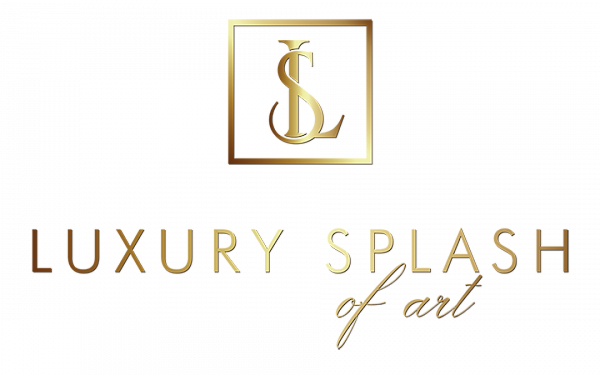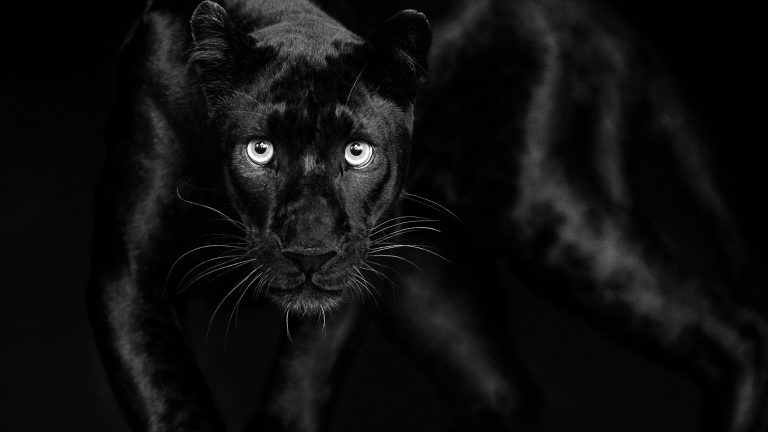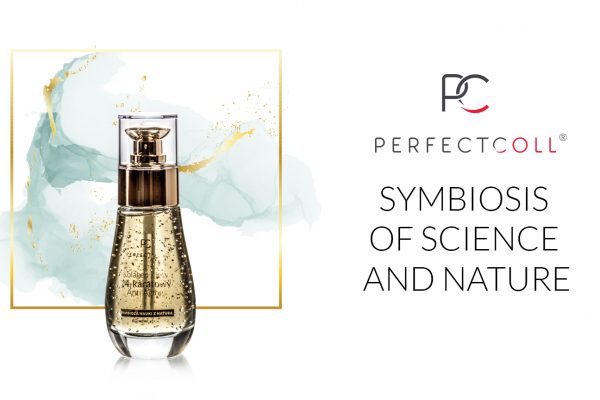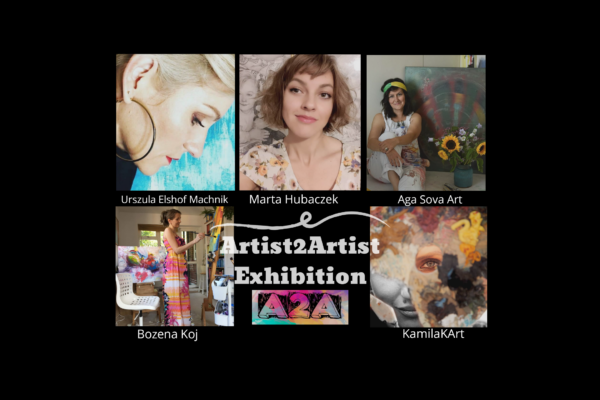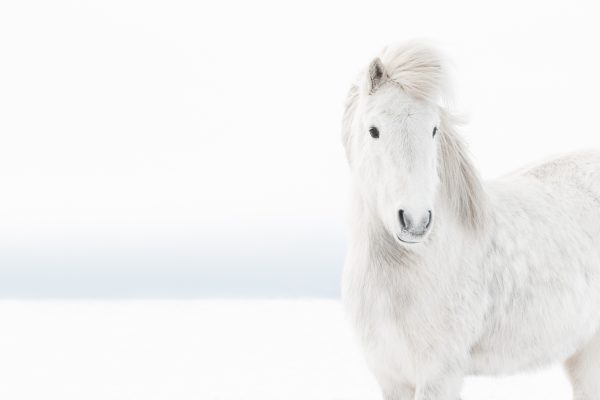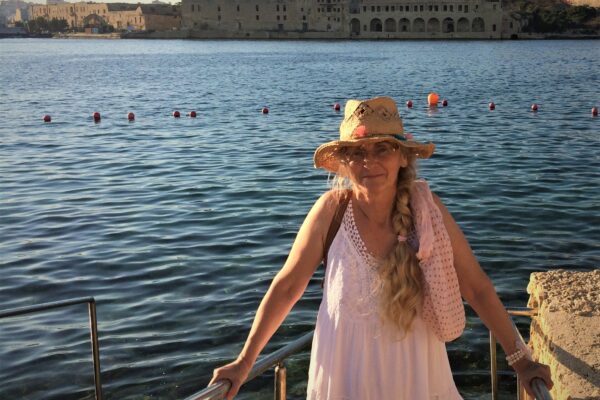Lars Beusker’s photographic journey unfolds like a captivating narrative, weaving together the threads of a lifelong passion for photography, a deep connection with nature, and a commitment to capturing the raw essence of wild animals. Born out of an encounter with an analog camera at the age of 15, Beusker’s affinity for photography blossomed during his boarding school days. The alchemy of developing films in the laboratory became an early source of joy, setting the stage for a lifelong pursuit of visual storytelling. Having immersed himself in the study of photography after boarding school, Beusker delved into the world of analog cameras and films.
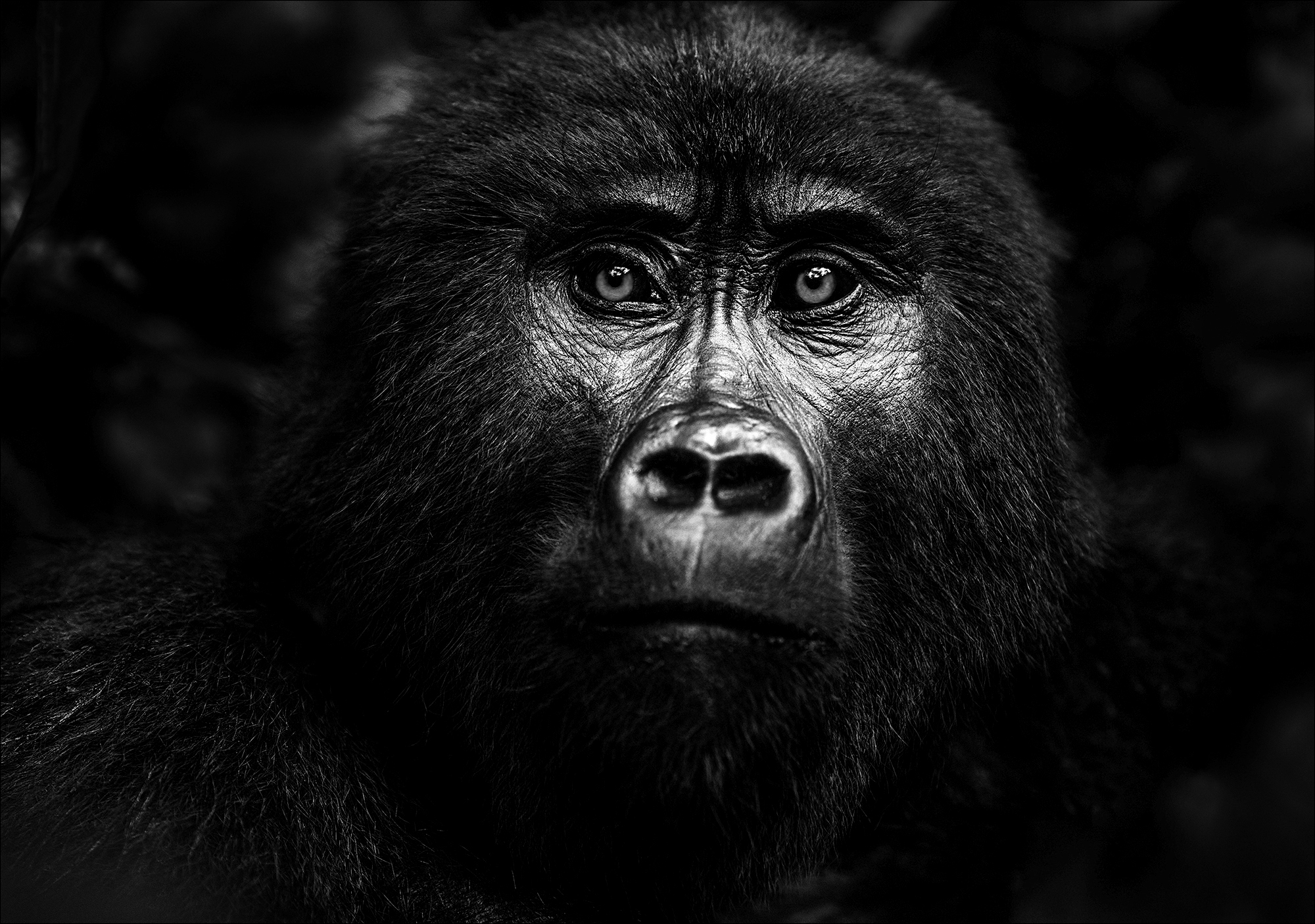
His fascination with the hands-on process of developing images, particularly in black and white, became a hallmark of his work. It wasn’t merely an aesthetic choice but a deliberate decision rooted in challenging societal perceptions. In a world conditioned by colours from birth, Beusker’s black and white portraits of wild animals defy conventional expectations. He delves into the psychology of colour, revealing how our automatic thoughts judge harmony or disharmony based on colours. By stripping away colours from his portraits, Beusker invites viewers to focus on the emotional connection with the subjects, steering clear of preconceived interpretations influenced by colour associations.
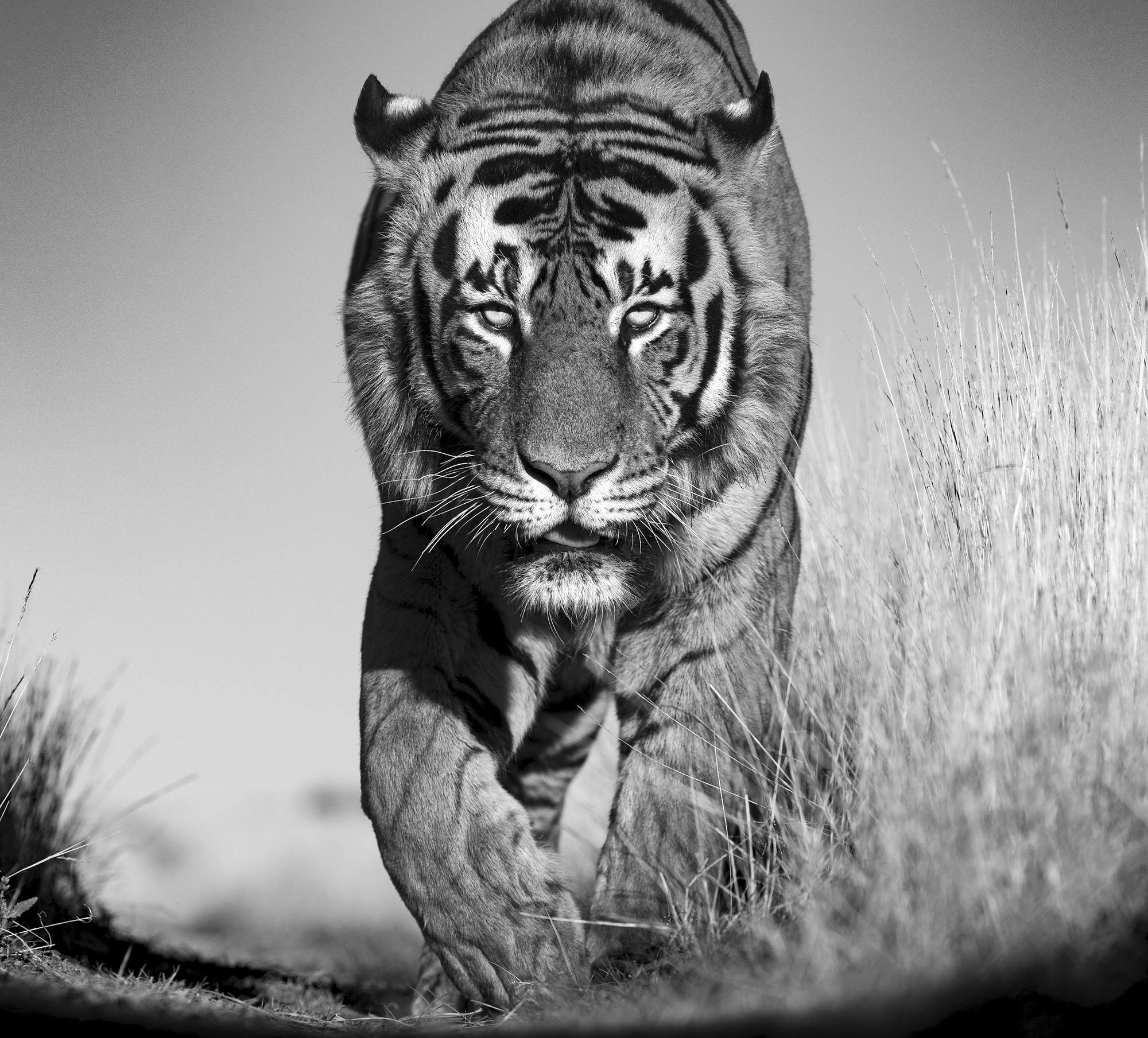
Beusker’s creative process emerges from meticulous planning and research, yet he acknowledges the unpredictable nature of wildlife photography. Nature becomes the ultimate collaborator, and Lars embraces the challenge of capturing fleeting moments in the wild. His goal is not merely to document but to establish a connection through eye contact, allowing viewers to share in the emotional resonance of the captured moment. “If I take a picture of an elephant on a cloudy day in a dry area of Africa, the grass is not green, but it is brown. Because of the dust, and dryness, the elephant does not look grey like we know it, but brown because of the dust. This could lead to the interpretation that the picture looks a bit depressive. So if I change these colours to black and white, then I don’t give you the chance to judge the interpretation of the picture in disharmony. Animals are just natural. They are curious. If you get close to them, they are curious. They show you their face in the mood they are in, whether they are relaxed and calm, or they are just curious and maybe a bit excited, seeing me. Yeah, and this is the thing I decided to search for, just to become different from most… says Lars.
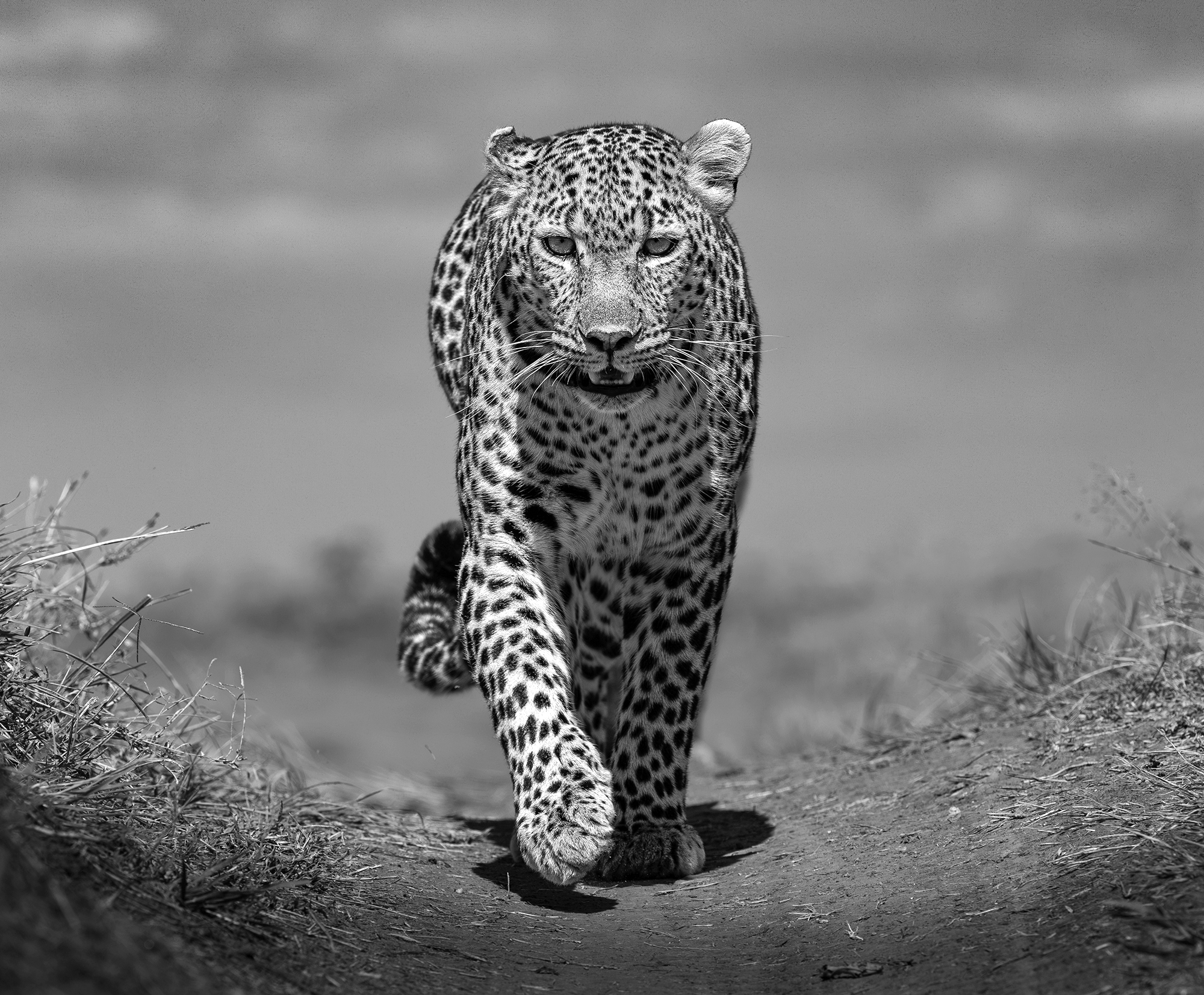
The heart of Beusker’s work lies in his portraits of wild animals. Refusing to manipulate his subjects, he seeks authenticity in the curiosity and expressions of the creatures he encounters. The decision to focus on eye contact becomes a signature element, creating a bridge between the viewer and the untamed beauty of the animal kingdom. In his pursuit of perfection, Beusker’s low-angle compositions intensify the visual impact, elevating his work beyond mere documentation. “In the field outside, you can only take what you get, let’s say like this. Very often when we start driving in the mornings out from the camp, most of the time it is before 5 a.m. because around 7 there’s sunrise in Africa. So we drive very early and we say, okay, let’s see what Mother Nature gives to us today. So you cannot plan, you cannot book, either… the weather conditions or the animal behaviour. This is something you cannot plan. So it’s not very creative. This means that I have to take what I’m given. And then of course, if I find the animal, I try to be creative again, just from the point of view like finding my perspective. getting as close as I can without bringing me into any dangerous situations and finding eye contact – explain photographer.
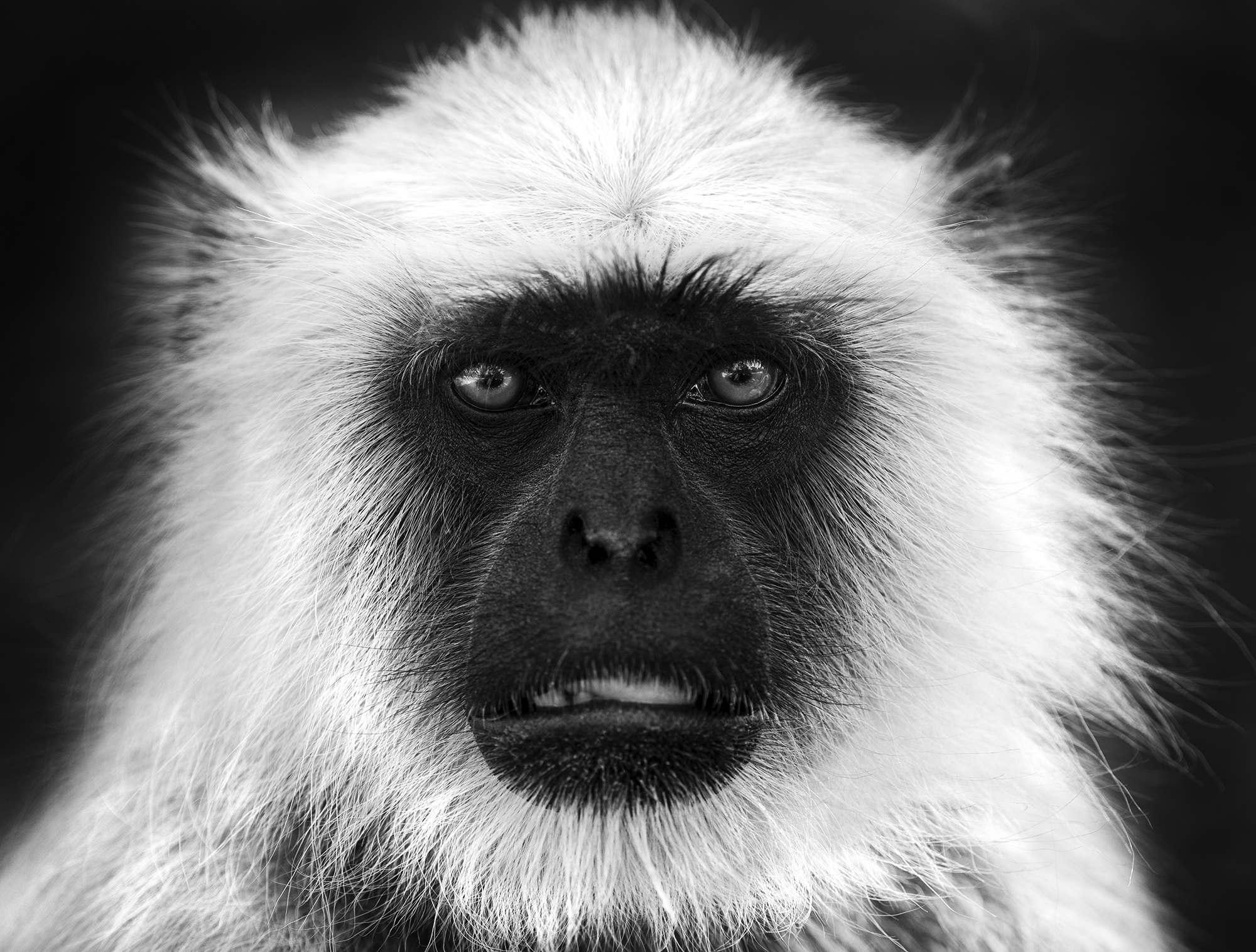
The challenges of wildlife photography reach their zenith in Beusker’s latest endeavor – capturing the polar bear in its Arctic habitat. The dangers inherent in photographing the most formidable land predator, coupled with the rarity of these creatures, underscore the complexity of the task. Beusker’s persistence and dedication led to the successful realization of his vision, encapsulated in the photograph titled “The Warren of the North.” My latest picture is a polar bear. It’s called the Warren of the North. This one was, for me, it was the most difficult and. hard to make this picture because of the rareness of the animals, of course, but also because of the dangers. It is very dangerous. The polar bear is the most dangerous land predator we have on the planet. They live in Svalbard. They live in an area double the size of Belgium. in the absolutely wildness. So there are only about 300, some people say 350 polar bears there. And they all need to survive. They need a lot of food, let’s say a lot. Why a lot? They need an adult polar bear. It doesn’t matter whether female or male, needs one seal per week. With this one seal per week.
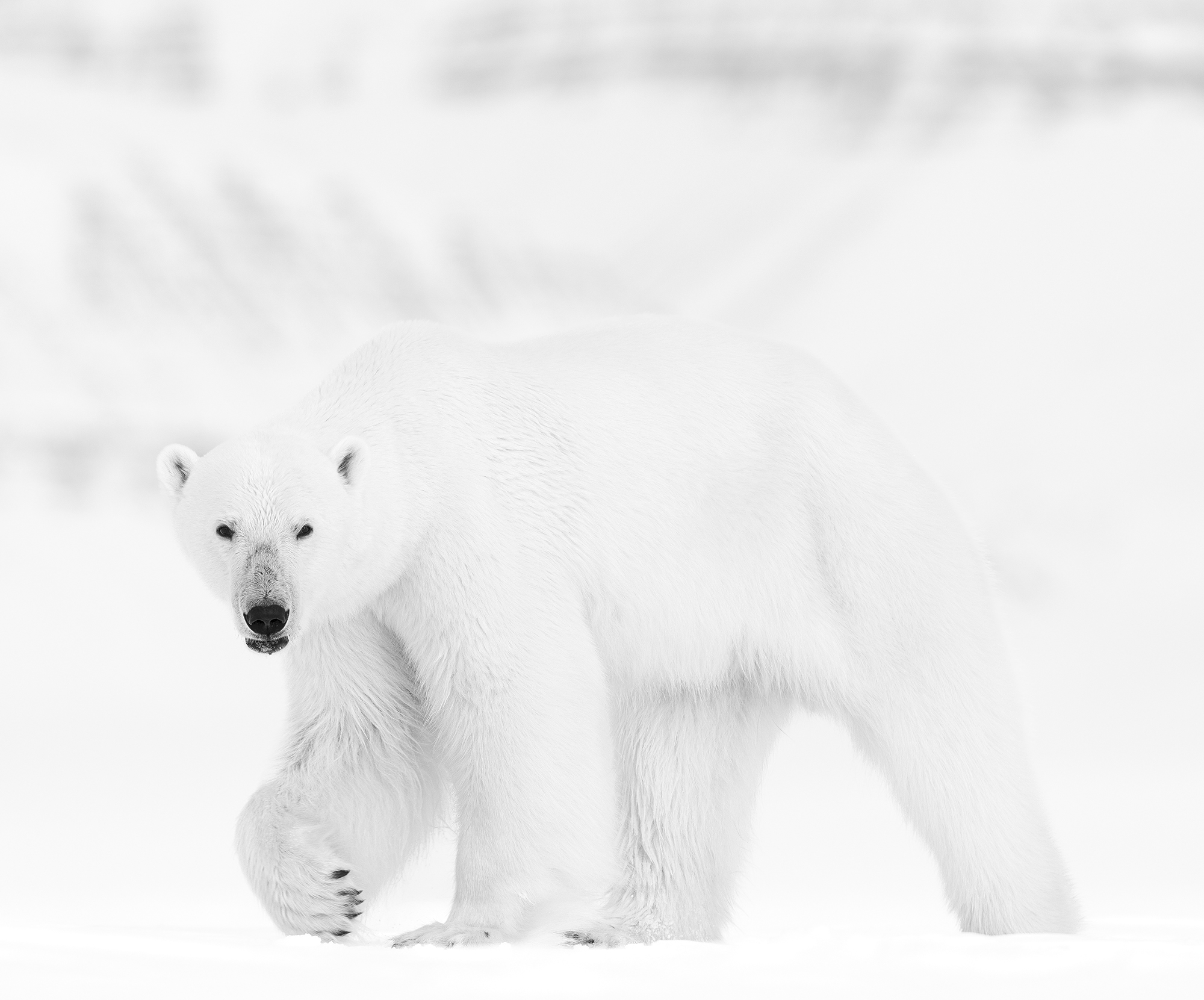
It gets 100,000 calories. And they need this to survive. Now, you can think of the seals, they can only hunt on land. In the water, they have no chance, because the seal is much more quicker than the polar bears. So what they do is they try to hunt them on land. Now, why should a seal come to land? even when they know that they will be chased by the bears. The reason is easy. The seals need to breathe. They are not like fish who can just live underwater.- says the artist. Beyond the lens, Lars Beusker emerges as a passionate individual with a love for photography that spans 35 years. Transitioning from 25 years in the fashion and advertising industry, he found solace and purpose in the unspoiled landscapes and untamed subjects of the wild. A self-described perfectionist, Beusker’s pursuit of the perfect portrait fuels his continuous growth as an artist.
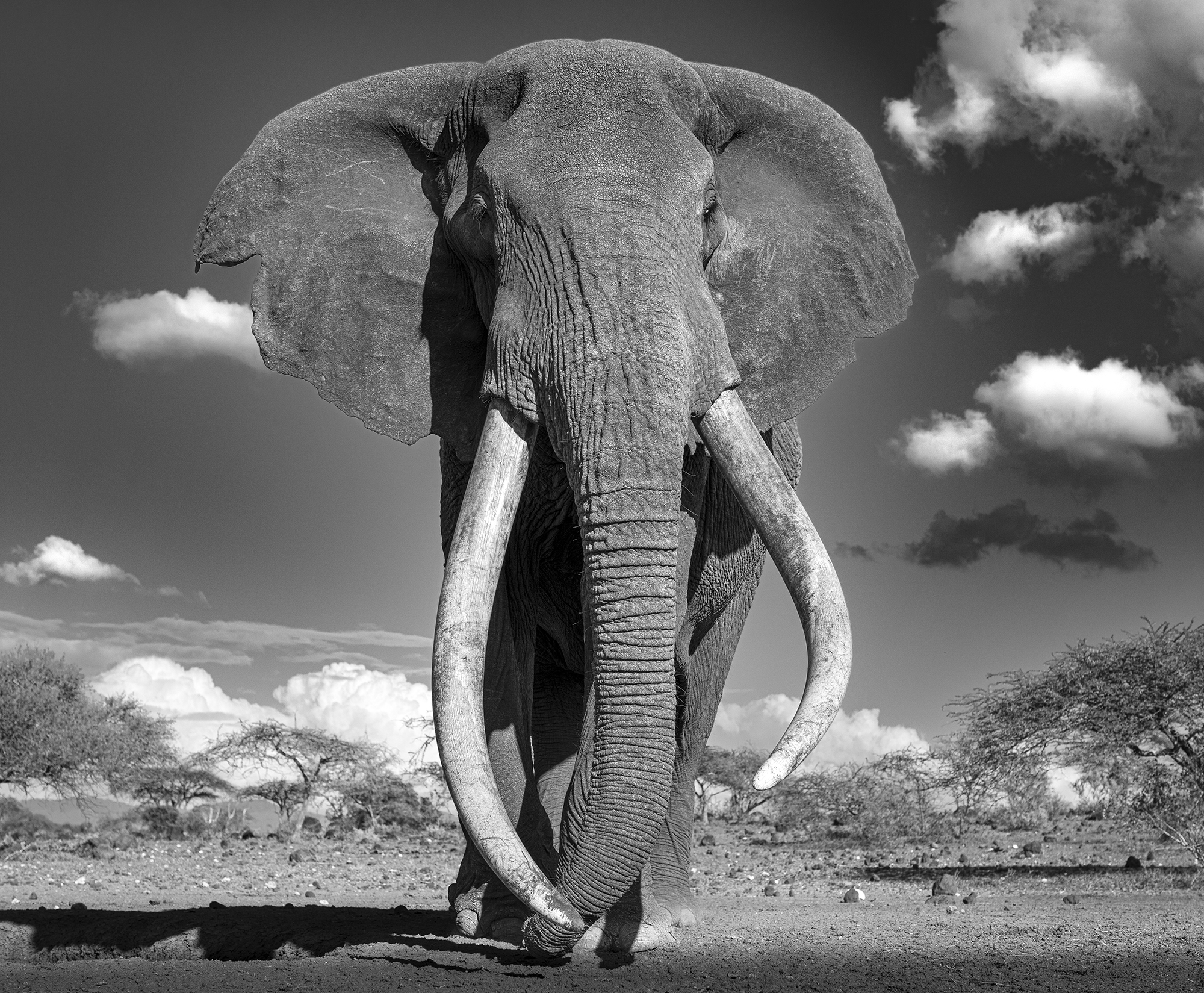
The collaboration with MiArt Gallery London marks a significant milestone in Beusker’s career. Ambitious yet humble, he refrains from setting specific expectations, focusing instead on the hope that his work will find a place in the hearts and minds of those who encounter it. His vision to bring the beauty of nature into living rooms, coupled with the contrasting allure of black and white photography, aligns seamlessly with the ethos of MiArt Gallery London. In the tapestry of the art world, Lars Beusker’s work stands as a testament to the power of simplicity, authenticity, and the profound connections that can be forged through the lens of a camera. Through his lens, the wild comes alive, inviting viewers to witness the untamed beauty that exists beyond the confines of colour.
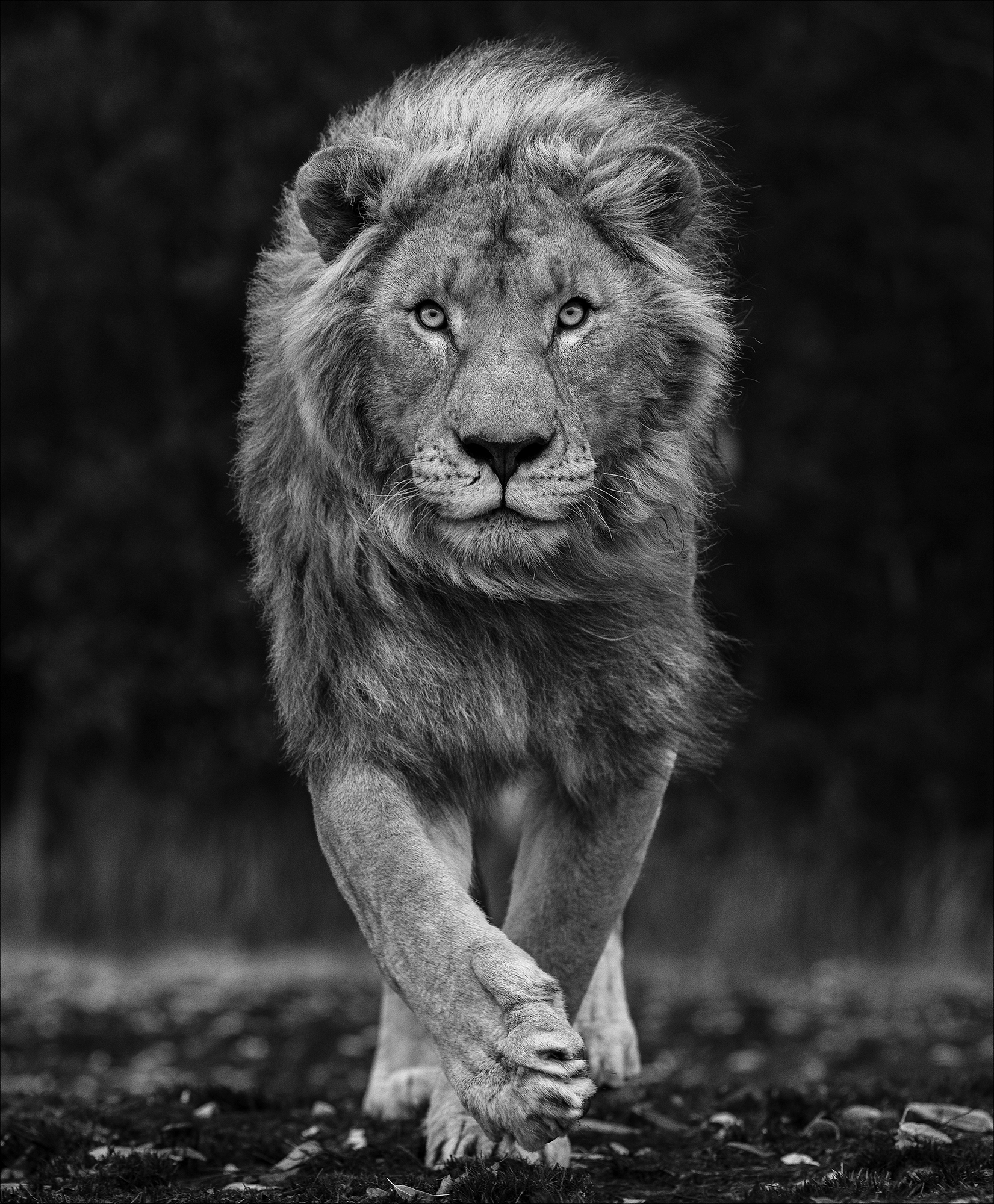
Written by Filip Adamczewski
